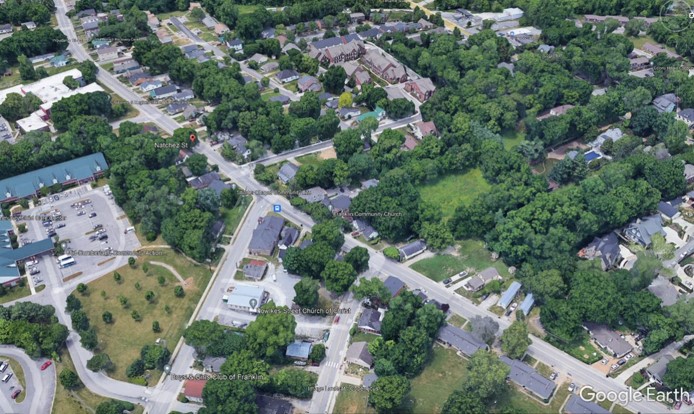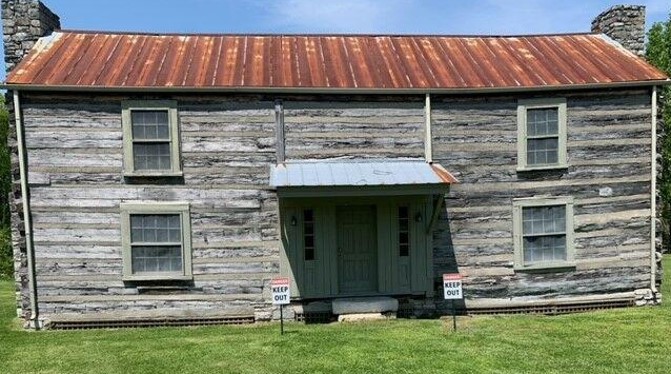The building played an important, if ignoble, role in U.S. history. In August 1830, three months after President Andrew Jackson signed the Indian Removal Act, he met with Chickasaw Nation representatives at the Masonic Hall to negotiate the Treaty of Franklin. This was the first and only time a president met with an Indian council to negotiate a treaty, which resulted in the removal of the Chickasaw from their homelands, the commencement of the Trail of Tears, and the acceleration of westward expansion by the United States. While President Jackson met with the group, he did not sign the treaty itself. It was signed by two members of his cabinet, Secretary of War John Eaton, a native of Franklin, and Indian Commissioner John Coffee.
Occupied by Confederate and Federal soldiers during the Civil War, the Hall suffered significant damage during the Battle of Franklin (1864) but was later restored. The Masons received funds from the United States government in 1916 for damages done during the war and used the funds to raise the front parapet walls, relocating the staircase all the way to the third floor on the northwest side of the Hall.
Designated a National Historic Landmark by the U.S. Department of the Interior through the National Park Service, the Hall still serves the Hiram Lodge No. 7 today, but faces many structural challenges.













